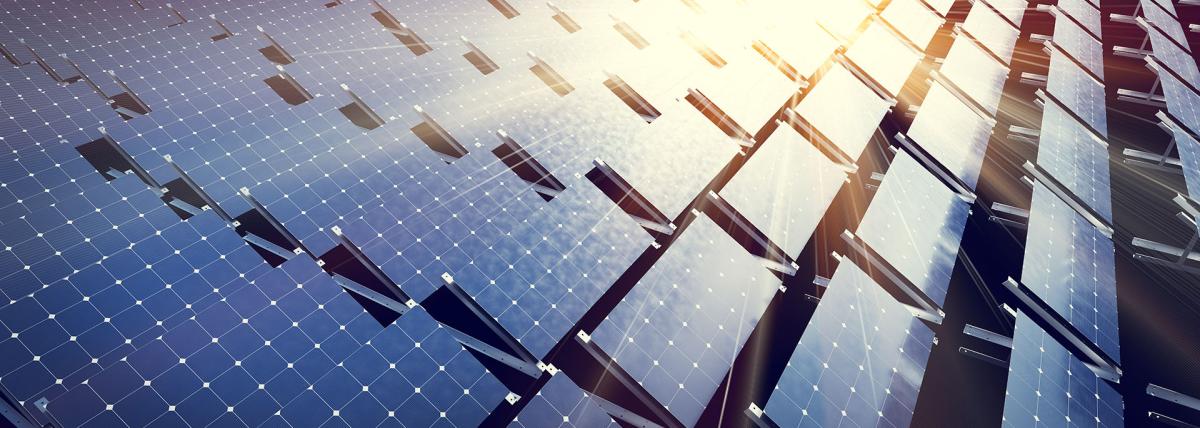
An investigation into the function and uses of solar panels in agriculture - Agrivoltaics. Exploring how to get the most efficient use of your solar panels for your gardens.

An investigation into the function and uses of solar panels in agriculture - Agrivoltaics. Exploring how to get the most efficient use of your solar panels for your gardens.

This lesson plan engages students in beginner composting. Students will discuss, design, and create a homemade composter. The lesson will also engage students in collecting and recording data to

In this lesson students will learn how to maintain their drones: replace batteries and propellers. The students will conduct a propeller altering experiment to determine the effects of changing the

Students work together to measure the lengths and angles of a maze in order to create a scale drawing of it. They then use EdScratch to program their Edison robots to navigate the maze.

This engaging lesson is all about scale factor. Students will draw different items to scale. There is a Three Act Math, a DESMOS activity, and a Quizizz link to go along with the lesson!

A Makerspace experience for the Holidays! (Part 2) Students are invited to launch their very own startup business just in time for the holidays! In your Makerspace group, invite students to brand

In this kindergarten computer science lesson, students explore algorithms through a playful "Looping Train Adventure," connecting everyday actions to the way computers follow instructions in a

This is a four-day lesson where students work in groups to design a fixture using LEGO bricks that holds a marker in an upright position while attached to their Edison Robots. Students code the robot

In this geometry/coding lesson, students embark on an exciting journey with Elsa and Anna from Frozen using Code.org. The lesson introduces fundamental coding concepts through interactive puzzles and